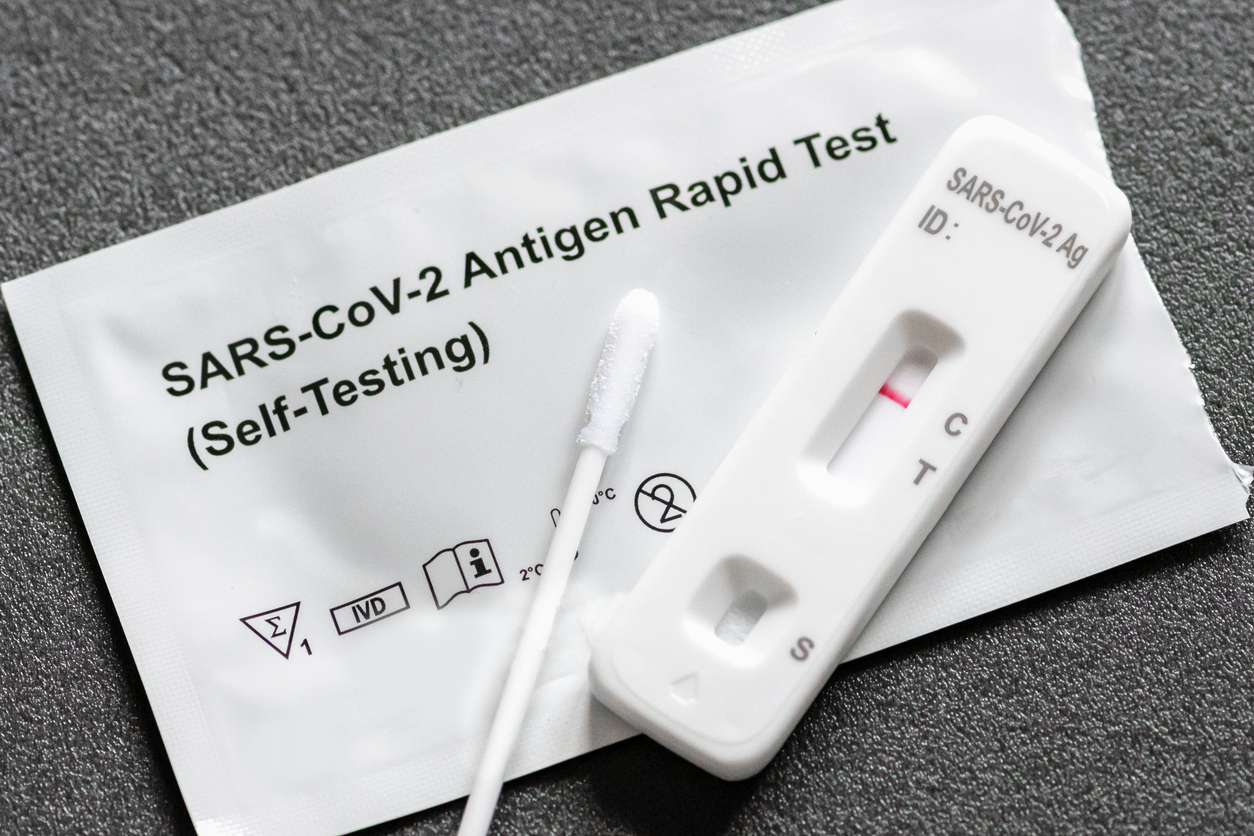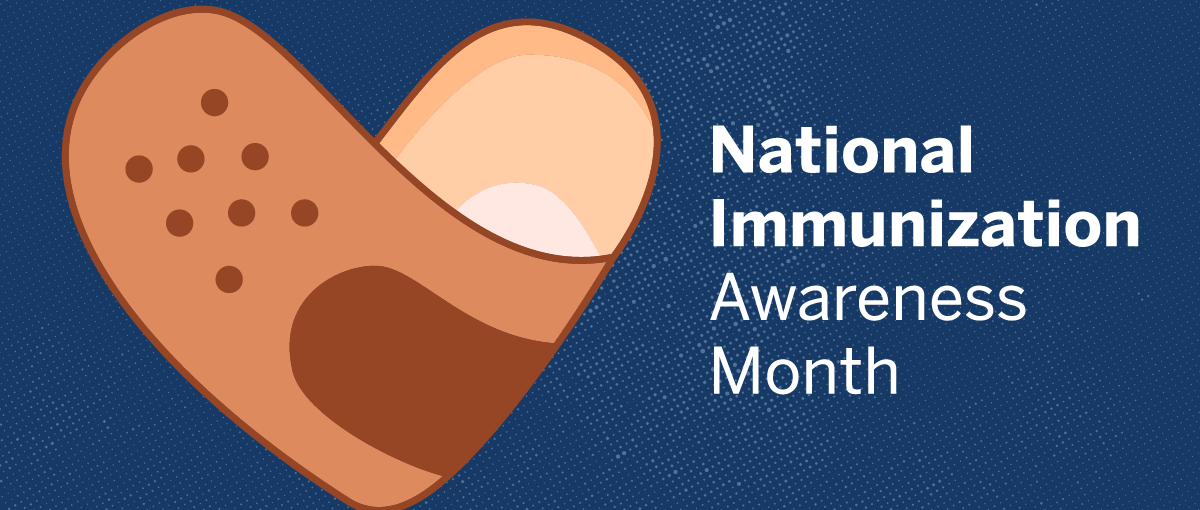(Washington, DC – April 17, 2025) – March 2025 marked the five-year anniversary of the declaration of COVID-19 as a pandemic. This milestone offers an opportunity to reflect on the heroic work of healthcare providers and the public health workforce in limiting the pandemic’s impact on Americans’ health. Public health professionals across the country worked tirelessly on the frontlines—often facing unprecedented challenges, personal risk, and even harassment—while providing essential services such as contact tracing, coordinating testing, distributing and administering vaccines, and offering life-saving guidance to communities. Their dedication and expertise were vital to the national response and demonstrated the indispensable role of public health infrastructure in protecting American lives during a crisis.
It is also a time to remember the pandemic’s toll in illness, lives lost, and social and economic disruption. Finally, this anniversary presents an opportunity to consider what can be learned from the pandemic and how those lessons can be applied to protect the nation’s health and economic security during future emergencies.
According to the World Health Organization, COVID-19 deaths worldwide have exceeded seven million. In the U.S., at least 1.2 million people have died from COVID-19, according to the Centers for Disease Control and Prevention (CDC).
While the public health emergency has ended, COVID-19 infections are still occurring, albeit at a much lower rate. Staying up to date with vaccination remains one of the most effective tools to prevent severe illness, hospitalization, and death from COVID-19—especially when combined with other preventive measures, as appropriate, based on current community transmission levels and individual risk factors.
We continue to face numerous public health risks that demand action, including a multi-state measles outbreak, a tuberculosis outbreak, bird flu, and environmental threats. All of this is happening as federal budget cuts threaten the capacity of federal, state, and local public health departments to respond to emergencies, while workforce reductions risk the loss of sorely needed public health expertise and experience.
COVID-19 Funding Ended the Emergency and Strengthened Public Health Readiness
The COVID-19 pandemic demanded an unprecedented public health response, including funding to modernize the nation’s public health infrastructure and expand its workforce. New funding for CDC’s Data Modernization Program increased the number of healthcare facilities using electronic case reporting (eCR) to report infectious disease cases to public health agencies—from 153 in January 2020 to over 50,000 in February 2025. eCR enables real-time disease tracking, allowing for a faster response to outbreaks. Additional examples include the Public Health Infrastructure Grant, which provides funding to health departments nationwide to support innovative investments in workforce, systems, and services tailored to meet their communities’ specific health priorities and challenges; the establishment of a new Center for Forecasting and Outbreak Analytics at the CDC to model and predict outbreak trends; and the expansion of CDC’s National Wastewater Surveillance System, now implemented in 46 states and the District of Columbia. These critical new capacities are at risk due to federal budget cuts.
What the Pandemic Taught Us
The lessons of the pandemic are numerous and should be applied to strengthen the public health system. Doing so would help ensure that the nation is better prepared for future risks. These lessons include:
- Protecting CDC’s mission—including its comprehensive focus on both chronic and infectious diseases—is essential, because healthier communities, particularly those with a lower burden of chronic disease, are more resilient during emergencies and recover more quickly.
- A modernized and interoperable health data infrastructure is critical for real-time disease tracking. Such systems allow healthcare and public health officials to target resources where they are needed most. The progress made in data modernization since 2020 must be sustained.
- Public health and healthcare readiness, along with surge capacity, are critical in an emergency. Healthcare workforce shortages during the acute phases of the pandemic placed tremendous strain on the system’s ability to manage the surge of patients. The emergency readiness of the healthcare delivery system must be fortified. State public health laboratories were also vital in identifying cases and tracking disease spread. Most states have laboratory surge plans that helped them expand testing capacity during peaks in pandemic transmission. Telehealth was a critical platform for healthcare access during the pandemic, and reimbursement for telehealth services should be preserved.
- A strong emergency preparedness system is vital to the nation’s economic security. The COVID-19 emergency led to major economic disruptions and the largest employment loss in the U.S. since World War II. A 2023 study by a team of economists estimated that the pandemic’s impact on the U.S. economy through the end of 2023 was $14 trillion. Going forward, protecting the nation’s economy will require systems and capacities that can prevent a small number of disease cases from escalating into an outbreak—and eventually a pandemic.
- The pandemic highlighted the nation’s health and economic disparities and their impact on health outcomes during emergencies. While all communities may face health emergencies, the impacts are not felt equally. Communities with higher rates of chronic disease and underlying health conditions often experience worse outcomes—disparities rooted in systemic barriers such as income inequality, housing instability, discrimination, poor air and water quality, and gaps in healthcare access. Advancing health equity by addressing these challenges is essential to building a more resilient and prepared nation.
- The COVID-19 vaccines saved lives and reduced the severity of illness. The rapid development of the vaccines, along with an expansive system to administer them, played a critical role in the national response. According to a Commonwealth Fund study published in December 2022, COVID-19 vaccines prevented an estimated 18.5 million hospitalizations, 3.2 million deaths, and at least $1 trillion in healthcare spending in the U.S. during the first two years of the vaccination program (December 2020 through November 2022). Continued investment in vaccine development, manufacturing and distribution readiness, and other medical countermeasures is essential. mRNA vaccine technology is well-positioned to quickly produce effective vaccines against future virus variants.
- The pandemic exacerbated misinformation and disinformation about vaccine safety, particularly on social media. Vaccine education that shares accurate information and builds confidence is essential. These programs should acknowledge that some people—while open to learning more—have questions and want space to make their own decisions. Healthcare and public health officials should seek opportunities to listen and respond to individuals’ questions and concerns.
We Need to Act on the Pandemic’s Lessons
- Increased, sustained, and flexible public health funding is essential. The pattern of boom-and-bust funding cycles has left the system with serious preparedness gaps. Funding levels must be increased, and flexible funding is critical because it allows state and local health officials to quickly target and deploy resources where they are most needed. Investment in workforce growth and retention is also crucial.
- Invest in prevention to improve health and reduce healthcare spending. As a nation, we don’t spend enough on public health and prevention. Investments in these areas yield healthier communities and significant long-term savings. Typically, less than five percent of the nation’s nearly $5 trillion in annual health spending is directed to public health and prevention programs.
- Numerous sectors have a role to play in improving the public’s health. These partnerships should include public health, healthcare, educators, community–based organizations, faith leaders, the business community, and others. Strong relationships established before a crisis are central to an effective emergency response.
- Public trust in government is critical during health emergencies. The politicization of public health has weakened the system and threatens its ability to respond effectively to future crises. Upholding scientific integrity—empowering public health experts to make recommendations based on the best available information—is essential for effective emergency response. Public health authorities must be preserved, and public health agencies must be effective communicators who can clearly explain the rationale behind their guidance. Timely and transparent communication with the public is essential. Public health officials also understand the importance of maintaining strong, ongoing relationships with community organizations and leaders—not just during emergencies. A diverse public health workforce that reflects the communities it serves is also key to building trust.
Closing Thoughts
The COVID-19 pandemic was a tragic event, worsened in part by an inadequate early response. Failing to learn from the pandemic experience would only compound the tragedy. The task now facing policymakers at all levels is to invest in policies and programs that will fortify our public health system—ensuring it is fully prepared to respond quickly to future emergencies—and to restore trust in the system so it can function effectively when lives are on the line.
TFAH’s annual report series, Ready or Not: Protecting the Public’s Health from Diseases, Disasters, and Bioterrorism, identifies key strengths, areas for improvement, and recommendations to enhance the nation’s emergency preparedness.
To learn more about TFAH’s recommendations for a stronger public health system, read our 2024 report: Pathway to a Healthier America: A Blueprint for Strengthening Public Health for the Next Administration and Congress.






